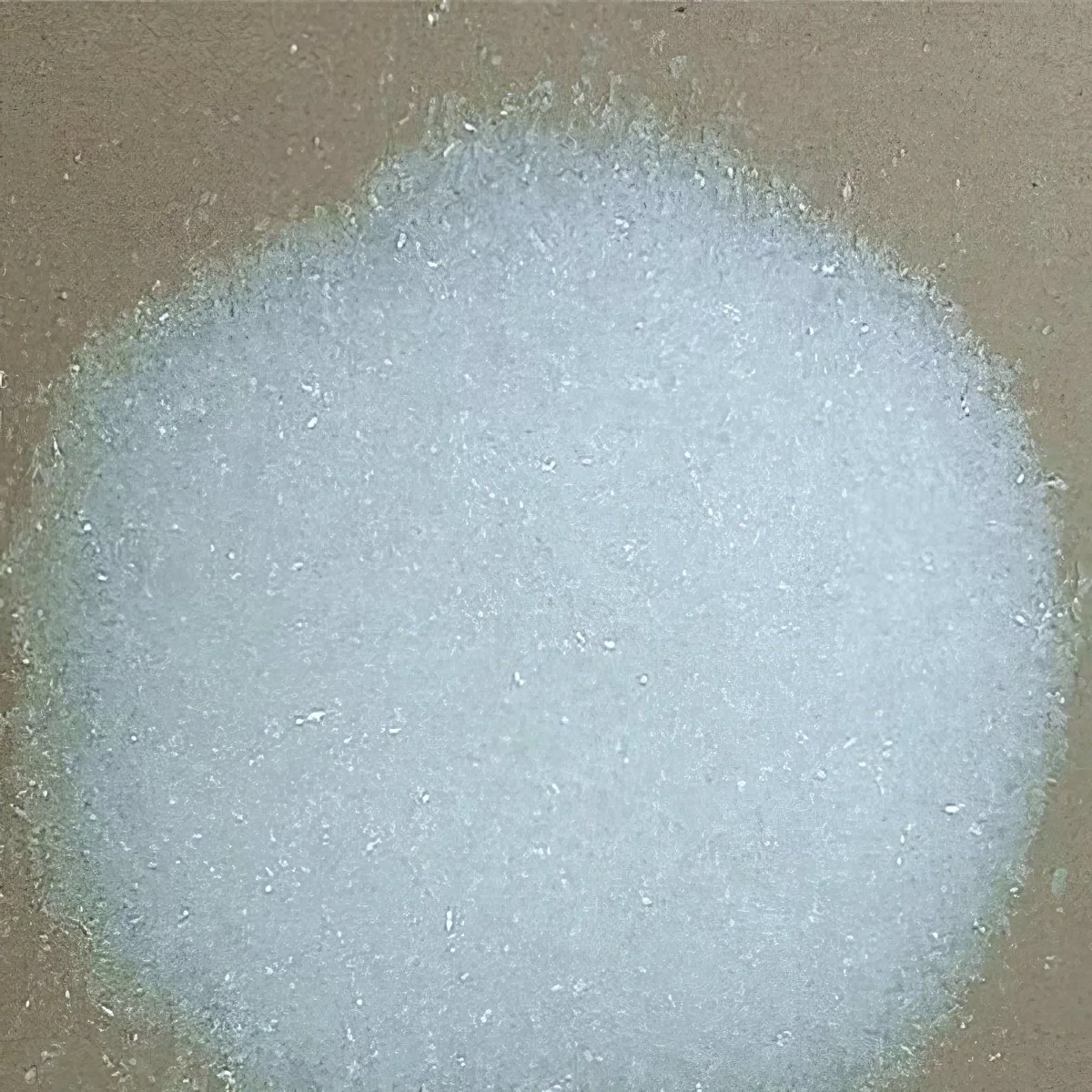



Chemicals Used in Reverse Osmosis Water Treatment Processes for Effective Filtration
Understanding Reverse Osmosis Treatment Chemicals
Reverse osmosis (RO) is a widely used water purification technology that relies on the movement of water molecules through a semipermeable membrane to remove contaminants from water. This process is essential for various applications, including drinking water purification, wastewater treatment, and desalination. However, the effectiveness of reverse osmosis systems is heavily reliant on the use of specific chemicals that aid in the treatment process. In this article, we will explore the key chemicals used in reverse osmosis treatment, their functions, and their importance.
1. Pre-treatment Chemicals
Before water undergoes reverse osmosis, it often contains a myriad of contaminants that can clog or damage the RO membranes. To prevent this, pre-treatment chemicals are introduced. Common pre-treatment chemicals include coagulants, flocculants, and antiscalants.
Coagulants help destabilize suspended particles, making it easier for them to agglomerate and settle out of the water. Flocculants then assist in clumping these particles into larger aggregates, which can be more easily removed through sedimentation or filtration. Antiscalants are added to prevent mineral scaling on the RO membranes. Without these chemicals, scale can build up, reducing the efficiency and lifespan of the RO system.
Despite the pre-treatment processes, foulants can still accumulate on RO membranes over time. Regular cleaning is necessary to maintain the system's performance. Cleaning chemicals play a crucial role here, with a variety of products available to tackle different types of fouling.
reverse osmosis treatment chemicals

Acidic cleaners are typically used to remove mineral scale and inorganic deposits, while alkaline cleaners can help eliminate organic fouling and biofilm. Additionally, specialized cleaners that contain surfactants may be employed to break down oils and other stubborn residues. The choice of cleaning chemical depends on the particular foulants present and the specific characteristics of the RO membrane.
3. Post-treatment Chemicals
Once the water has been filtered through the reverse osmosis system, additional chemicals may be necessary for post-treatment, particularly in potable water applications. One of the most common post-treatment chemicals is chlorine, which is often added to disinfect the water and eliminate any remaining microorganisms. However, care must be taken as chlorine can damage the RO membranes, so it is typically introduced after the RO process or applied in a controlled manner.
pH adjusters may also be used to balance the acidity or alkalinity of the treated water. Maintaining a neutral pH is essential for ensuring that the water is safe for consumption and for protecting downstream infrastructure from corrosion or scaling.
4. Importance of Quality Control
The use of chemicals in reverse osmosis treatment demands strict quality control to ensure the safety and effectiveness of the water purification process. Poorly chosen or improperly dosed chemicals can lead to a decrease in membrane efficiency and the potential for harmful contaminants to remain in the treated water. Therefore, ongoing monitoring and maintenance of both the treatment chemicals and the RO system are critical.
In conclusion, reverse osmosis treatment chemicals are vital components that enhance the efficiency and effectiveness of this purification technology. From pre-treatment to post-treatment, each chemical plays a specific role in ensuring that the water is clean, safe, and suitable for its intended use. By understanding and properly managing these chemicals, operators can optimize their RO systems, ensuring the highest water quality while extending the longevity of the membranes involved. This holistic approach is essential in our quest to provide clean water in an increasingly water-scarce world.
-
Why Sodium Persulfate Is Everywhere NowNewsJul.07,2025
-
Why Polyacrylamide Is in High DemandNewsJul.07,2025
-
Understanding Paint Chemicals and Their ApplicationsNewsJul.07,2025
-
Smart Use Of Mining ChemicalsNewsJul.07,2025
-
Practical Uses of Potassium MonopersulfateNewsJul.07,2025
-
Agrochemicals In Real FarmingNewsJul.07,2025
-
Sodium Chlorite Hot UsesNewsJul.01,2025










